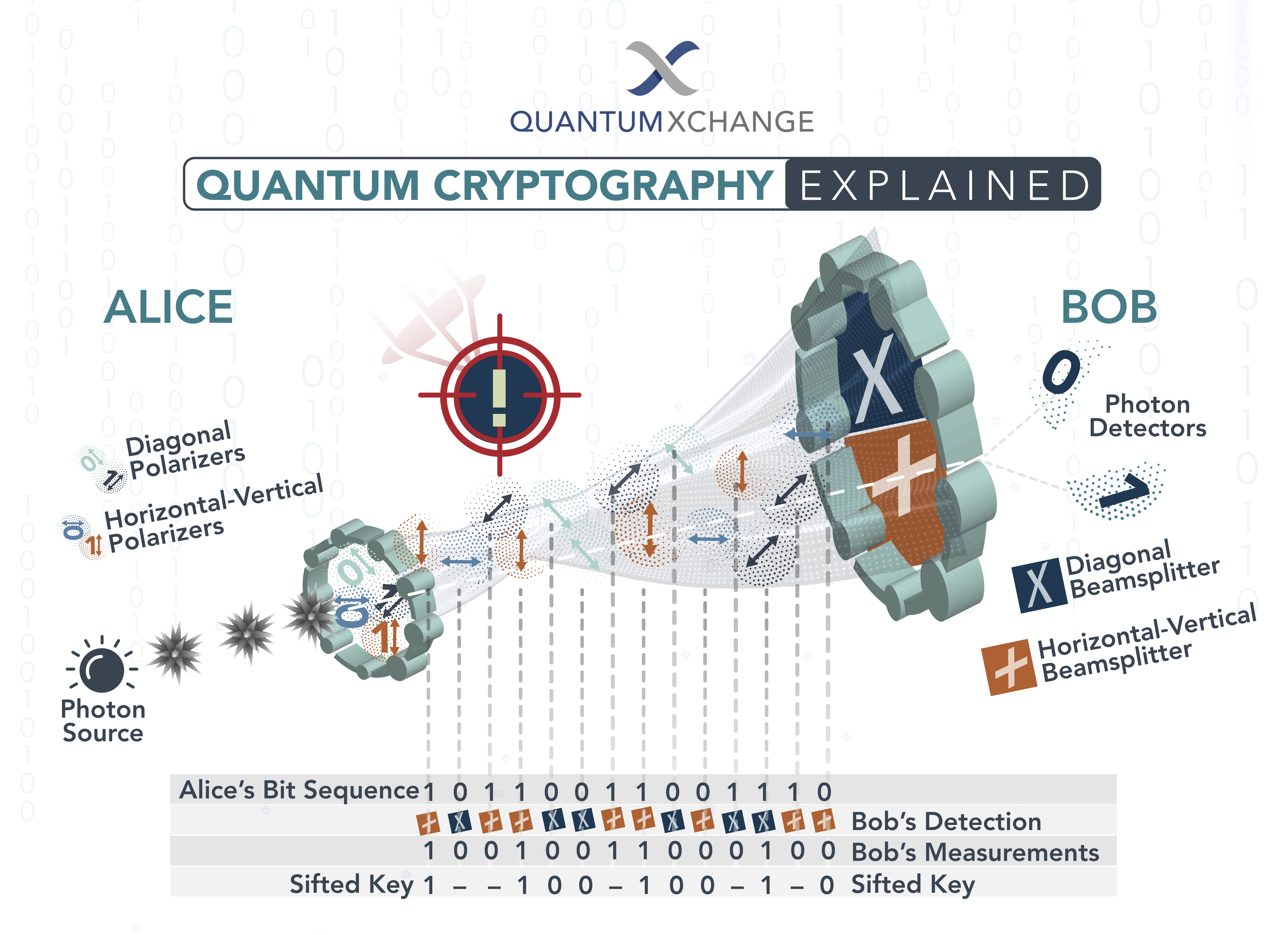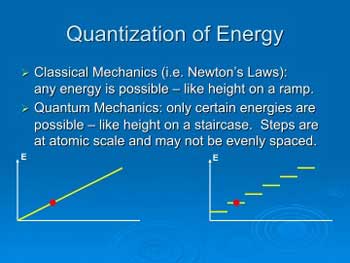Quantum cryptography is a field of study that harnesses the principles of quantum mechanics to create secure communication channels. Unlike traditional cryptography methods that rely on mathematical algorithms, quantum cryptography uses the properties of quantum mechanics to protect sensitive information from being intercepted by eavesdroppers. But what are these properties of quantum mechanics that make quantum cryptography so secure?
To answer this question, we need to delve into the world of quantum mechanics. At the quantum level, particles behave in ways that are fundamentally different from what we observe in our daily lives. These particles can exist in multiple states at once, and their properties can change instantaneously based on the observation of a measurement. It is these properties, such as superposition and entanglement, that are utilized in quantum cryptography to create a secure communication channel that cannot be intercepted without being detected. In this article, we will explore these properties in more detail and how they are used to create secure communication channels in quantum cryptography.

What is Quantum Cryptography?
Quantum cryptography is a form of data encryption and security that uses the principles of quantum mechanics to protect sensitive information. It is a relatively new technology that is gaining popularity as it offers increased security against the ever-evolving techniques used by hackers to gain access to confidential data. Quantum cryptography utilizes a variety of techniques to ensure that data is securely transmitted and stored, making it an ideal choice for businesses and individuals who need to protect their data.
Properties of Quantum Mechanics Used in Quantum Cryptography
Quantum Entanglement
Quantum entanglement is a phenomenon in which two particles become linked together and any action performed on one particle will be reflected in the other. This property is used in quantum cryptography to ensure data security. By entangling two particles, the data being encrypted is transmitted in a way that is impossible to intercept without altering the particles, thus ensuring the data remains secure.
Quantum Superposition
Quantum superposition is a state in which a particle can exist in multiple states at the same time. This property of quantum mechanics is used in quantum cryptography to ensure data is securely transmitted. By superimposing two particles, the data is transmitted in a way that makes it impossible to intercept or alter, thus ensuring the data remains secure.
Quantum Tunnelling
Quantum tunnelling is a phenomenon in which particles can pass through barriers that would normally be impossible to penetrate. This property of quantum mechanics is used in quantum cryptography to ensure data is securely transmitted and stored. By tunnelling the data, it is transmitted in a way that makes it impossible to intercept or alter, thus ensuring the data remains secure.
Quantum Key Distribution
Quantum key distribution is a method of data encryption in which two parties share a secret key which is used to encrypt and decrypt data. This property is used in quantum cryptography to ensure data security. By using a quantum key, the data is transmitted in a way that is impossible to intercept or alter, thus ensuring the data remains secure.
Quantum Random Number Generator
A quantum random number generator is a device that uses the principles of quantum mechanics to generate random numbers. This property is used in quantum cryptography to ensure data security. By generating random numbers, the data is transmitted in a way that is impossible to intercept or alter, thus ensuring the data remains secure.
Quantum Hashing
Quantum hashing is a technique in which a quantum computer is used to generate a unique hash for a given data set. This property is used in quantum cryptography to ensure data security. By using a quantum computer to generate a hash, the data is transmitted in a way that is impossible to intercept or alter, thus ensuring the data remains secure.
Quantum Encryption
Quantum encryption is a technique in which a quantum computer is used to encrypt data. This property is used in quantum cryptography to ensure data security. By using a quantum computer to encrypt the data, it is transmitted in a way that is impossible to intercept or alter, thus ensuring the data remains secure.
Quantum Computing
Quantum computing is a method of computing that uses the principles of quantum mechanics to solve complex problems. This property is used in quantum cryptography to ensure data security. By using a quantum computer to solve complex problems, the data is transmitted in a way that is impossible to intercept or alter, thus ensuring the data remains secure.
Quantum Teleportation
Quantum teleportation is a technique in which particles can be transported from one location to another without physically travelling. This property is used in quantum cryptography to ensure data security. By using quantum teleportation, the data is transmitted in a way that is impossible to intercept or alter, thus ensuring the data remains secure.
Frequently Asked Questions About Quantum Mechanics and Quantum Cryptography
Quantum cryptography is the science of using properties of quantum mechanics to secure data transmissions. It is a relatively new field and has the potential to revolutionize the way we communicate data securely. This article will answer some of the most common questions about quantum mechanics and quantum cryptography.
What is Quantum Mechanics?
Quantum mechanics is a branch of physics that deals with the behavior of matter and energy on the atomic and subatomic levels. It explains how particles interact and explains how matter and energy behave on the smallest scales. It is the foundation of the field of quantum cryptography and its principles are used to create secure data transmissions.
What is Quantum Cryptography?
Quantum cryptography is the science of using properties of quantum mechanics to securely transmit data. It uses the principles of quantum mechanics to create random numbers that are used to encrypt and decrypt data. This randomness makes it impossible for anyone to intercept the data and decrypt it without the proper key.
How Does Quantum Cryptography Work?
Quantum cryptography works by using the principles of quantum mechanics to generate random numbers, which are used to encrypt and decrypt data. The randomness of the numbers makes it nearly impossible for anyone to decrypt the data without the proper key. The data is also sent over a secure channel which makes it virtually impossible for anyone to intercept the data.
What are the Advantages of Quantum Cryptography?
The main advantage of quantum cryptography is that it is incredibly secure. It uses the principles of quantum mechanics to generate random numbers which makes it nearly impossible for anyone to decrypt the data without the proper key. Quantum cryptography is also much faster than traditional cryptography, making it more efficient for transmitting data.
What are the Disadvantages of Quantum Cryptography?
The main disadvantage of quantum cryptography is that it requires specialized hardware and software. It is also more expensive than traditional cryptography and requires specialized knowledge and training to use. Additionally, quantum cryptography cannot guarantee 100% security and there is still a risk of data being intercepted.

In conclusion, quantum mechanics has been a game-changer in the field of cryptography. With its unique properties such as superposition, entanglement, and uncertainty, quantum mechanics provides an unparalleled level of security that cannot be matched by classical cryptographic methods. Quantum cryptography has the potential to revolutionize the way we communicate securely in the digital age, making it possible to transmit information without fear of interception or eavesdropping.
As research in this field continues to advance, it is clear that quantum cryptography will play a significant role in the future of cybersecurity. The properties of quantum mechanics have already been used to develop various cryptographic protocols, such as quantum key distribution and quantum coin flipping. These protocols have proven to be highly effective in protecting sensitive information from unauthorized access, and there is no doubt that further developments in this field will continue to enhance our ability to safeguard our data. As such, quantum cryptography is a vital tool that will help us stay one step ahead of cyber attackers in an ever-evolving technological landscape.


